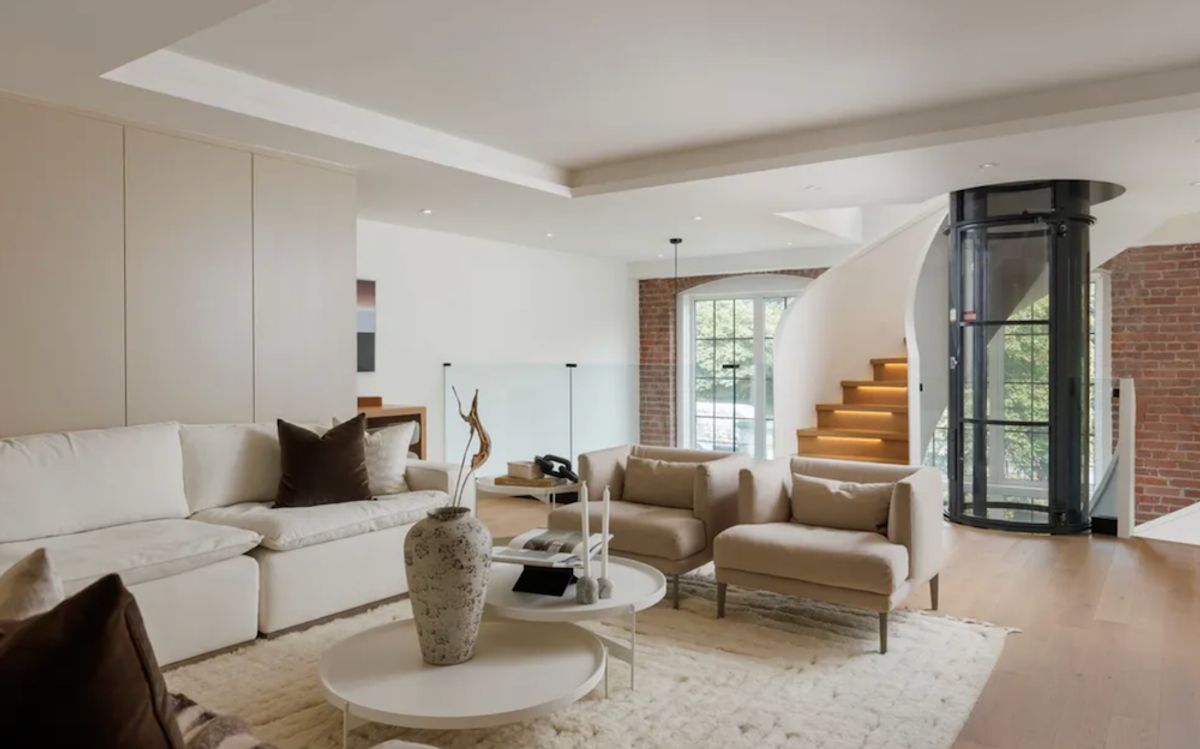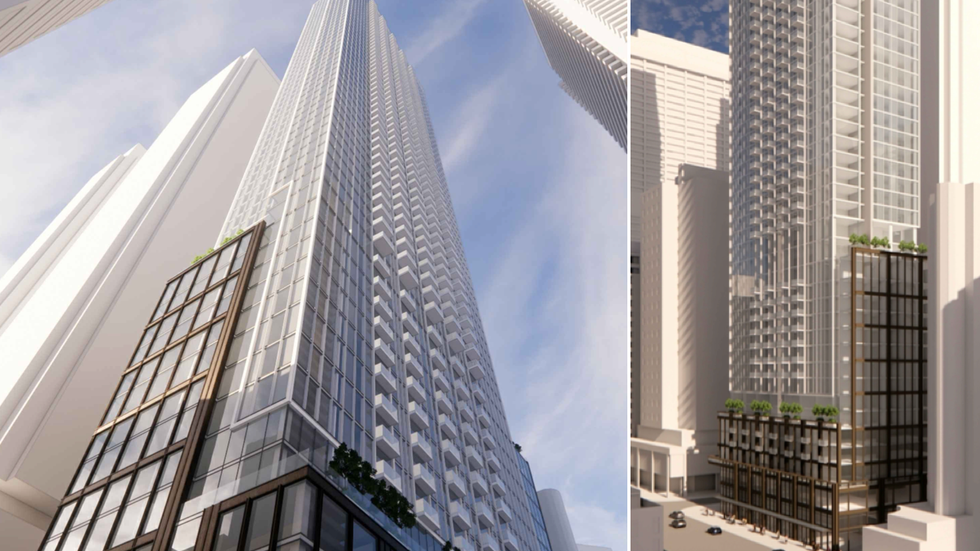In light of Toronto and Vancouver's condominium conundrum, where prices for shoebox units remain high despite plummeting sales and rising inventory, Statistics Canada has released data demonstrating the role that investors may play in the issue.
According to StatsCan, investors owned 65% of Toronto's smaller condo units (under 600 sq. ft) when data was last collected in 2022. In comparison, investors only owned 44% of units that were over 800 sq. ft. In Vancouver, a similar pattern was observed, with investors owning 58.4% of small units and only 38.9% of larger, family-sized units.
The theory behind this disproportionate ownership is that investors enable the construction of condominium projects as the main purchasers of presale units, in turn, allowing the developer to secure financing for the project. And they don't buy the units with the intent of living in them, they buy them to rent out or to sell for a profit down the line. In fact, in 2022, nearly 40% of all Toronto condo units were investment properties.
In some places, like London, 85.5% of condos were owned by investors, well above the provincial average of 43.5%. The indication, StatsCan explains, is that "some large condominium apartment buildings are owned entirely by a single business entity and are run as if they are rental apartment buildings," a phenomenon they say could have emerged from bygone tax incentives that allowed condominium buildings to face lower municipal tax rates than rental buildings.
The overall concern is that, since investors are essentially funding the projects, their desires have a sway in what is built. And since rent per sq. ft of living area tends to be higher for smaller units, those are the units investors desire. Hence the 65% of 600 sq. ft condos currently owned by investors.
StatsCan suggests that, as a result, condos are shrinking. In the 90s, for example, the median living area of a Toronto condo was 947 sq. ft, compared with 640 square feet for those built after 2016. In Vancouver, a 90s condo purchase would get you 912 sq. ft, compared to today's average of 790 sq. ft.
The issue is that people don't actually want to live in a 600 sq. ft box, and where families are involved, they couldn't live in one even if they wanted to. Plus, with prices that won't budge and high interest rates, it's hard for would-be-buyers to see the appeal. "For first-time homebuyers facing higher interest rates, these high prices and interest rates make units difficult to afford, and many condominium apartments are perceived to be too small for long-term or family-friendly living," says the report.
As a result of low demand and high interest rates, explains the report, "investors are increasingly wary of purchasing pre-construction condominium apartment units because they often lose money relative to mortgage payments on existing rented units (negative cash flow), even with rising rents."
But because investors fund construction through presale purchases, developers have had to cancel or delay projects, which could lead to dwindling supply down the line, the report says, especially once interest rates come down and inventories that have been building up become depleted.
In fact, the percentage of pre-construction condos that are pre-sold has sunk to a more than 20-year low of under 50%, according to a July report from CIBC’s Benjamin Tal and Urbanation’s Hildebrand. “Without at least 70% pre-sales, a project can’t begin construction, a fact that is working to dramatically slow down the supply pipeline,” it says. “This reality will result in a sharp pull back in completions and a stagnating housing stock in the coming years, which is sure to make the affordability situation even worse.”
- Most Toronto Condo Investors Are Cash Flow Negative ›
- 'Investors Have Disappeared': Toronto Condo Inventory Jumps Over 80% In One Year ›
- "A Record High": Nearly 26,000 New Condo Units Going Unsold In GTHA ›
- 70% of GTA Homes, 80% Of Condos Selling For Below Listing Price ›
- ‘There’s Going To Be A Crisis’: New Condo Construction Is Heading Toward A Cliff ›
- Op-Ed: Why Housing Is Top Of Mind As A Gen Z Voter ›























